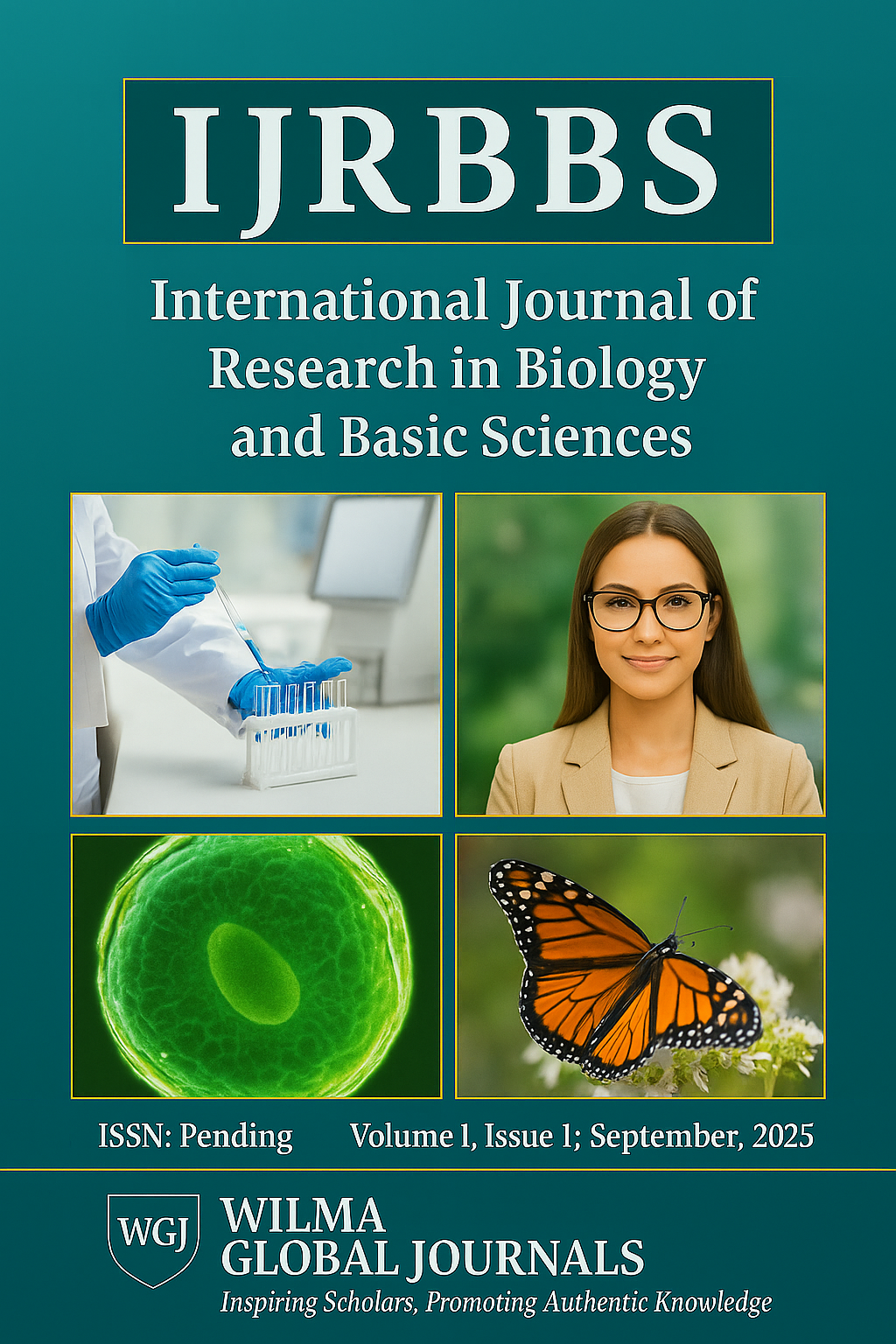IMPACT OF CO-EXPOSURE TO CADMIUM AND LEAD ON EICHHORNIA CRASSIPES: BIOACCUMULATION AND PHYSIOLOGICAL RESPONSES.
Keywords:
Eichhornia crassipes, cadmium, lead, chlorophyll, antioxidant enzymesAbstract
Heavy metal contamination remains a critical environmental issue with profound impacts on aquatic ecosystems, agriculture, and public health. In polluted waters, the ecological balance is disrupted, compromising the survival of plants, animals, and microorganisms. While numerous studies have examined individual metal uptake, fewer have explored the simultaneous bioaccumulation of multiple metals at varying concentrations. This study investigates the co-exposure of Eichhornia crassipes to cadmium (Cd) at 0.01, 0.50, and 1.00 mg L⁻¹, and lead (Pb) at 0.05, 1.00, and 1.50 mg L⁻¹, over a 15-day experimental period. Results revealed a significant accumulation of Pb in plant tissues, particularly on day 9 (0.044 ± 0.01 mg kg⁻¹) at 1.00 mg L⁻¹ Pb combined with 0.50 mg L⁻¹ Cd, and day 12 (0.043 ± 0.03 mg kg⁻¹) at 1.50 mg L⁻¹ Pb combined with 1.00 mg L⁻¹ Cd. Cadmium uptake showed a steady increase throughout the exposure period. Physiologically, Cd and Pb exposure caused marked reductions in chlorophyll a, chlorophyll b, and total chlorophyll, indicating stress on photosynthetic capacity. Antioxidant enzyme responses varied: peroxidase (POD) activity increased significantly by day 9 across most treatments, while catalase (CAT) activity exhibited fluctuating trends. These results suggest that E. crassipes has a strong capacity to bioaccumulate Cd and Pb, with initial stimulation of antioxidant defenses. However, sustained exposure may exceed tolerance thresholds, leading to oxidative stress and possible cellular injury.


